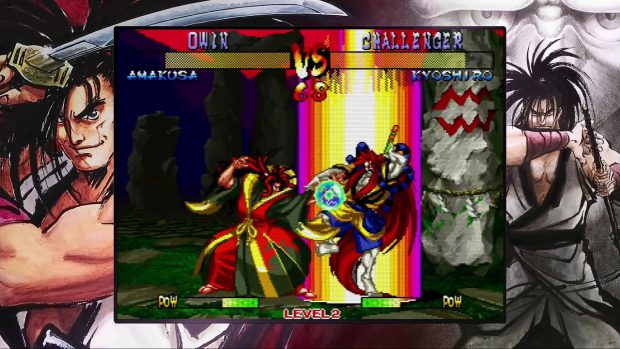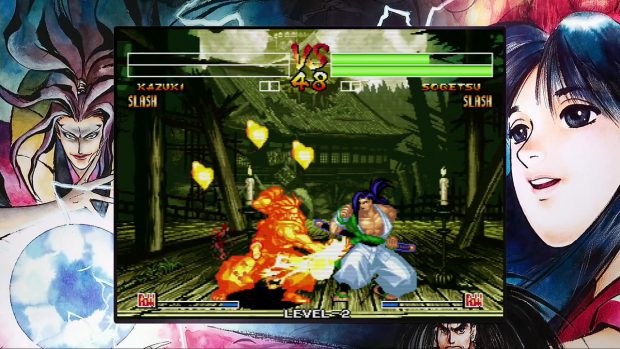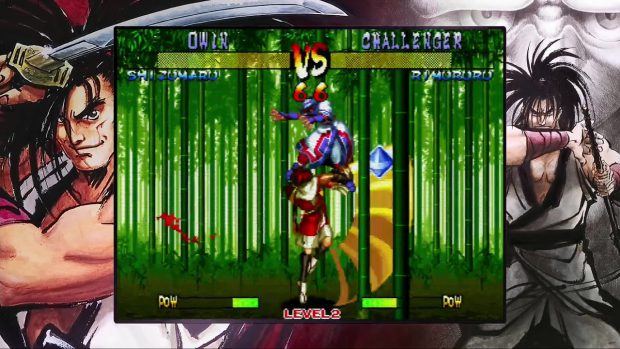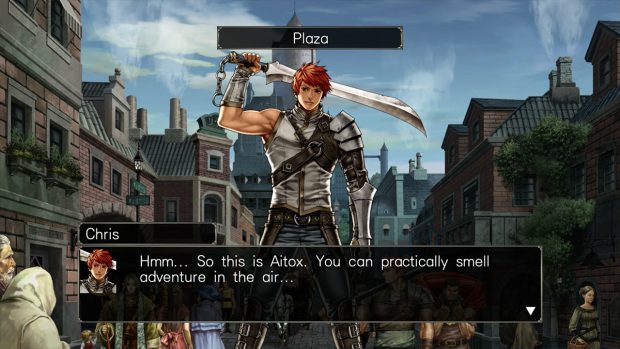When you talk about the top video game designers of all time, there is one name that is universally mentioned in the top five, and that is Hideo Kojima. For most of his career, Hideo Kojima has worked for Konami, designing and developing some of Konami’s biggest hits. Known mostly for his creation and development of the Metal Gear franchise, Hideo Kojima was set to branch out with this work on PT however that project was canceled and Hideo Kojima left Konami. Operating as a new, independent entity Kojima Studios created their first game for release, called Death Stranding.
Story
Oh, where to begin….
Death Stranding is set in a post-apocalyptic Earth, after a devastating event that caused only a handful of groups of humanity to survive. You play as Sam Bridges Porter, a mail man of sorts, tasked with the reconnection of these groups of humanity across what was formally the United States of America. Sam must do this by completing tasks and deliveries for this groups to regain their trust and connect them back to the “Chiral Network”, a government network that helps groups communicate.
This is a monumental task by itself, however, Sam will be tested in many ways by facing not only the vast space in between settlements, but will also need to be wary of humans that don’t want to be reconnected to the network, rain that will accelerate time of anything that it touches and BTs. Look, human survivors that want my blood I can deal with, but these BTs (Beached Things) are something different entirely. BTs are nearly invisible, paranormal entities that will attack anyone that comes near. It is the BTs that has caused humanity to live in small, structured cities instead of expanding as much as they could. Sam does have a few advantages that helps him maneuver around the BTs: a backpack that will point to the nearest one, a baby in a jar that will help in detection called BB, and the ability to resurrect when killed.
Like most of Kojima’s games, Death Stranding is ambitious in its storytelling. In the first 3 hours of gameplay, you only have control of Sam twice to complete the tutorial missions, the rest is cut scenes setting the stage for your massive journey. If you have played any of the most recent Metal Gear games then you are used to Kojima’s story telling style. A lot of times I will just hear something that I’m not familiar with, in hopes that it will be explained later. Sometimes it is and sometimes I will need to do more research to understand what is going on. However, this is one game that the story truly is the centerpiece of the production.
Game Play
The game play for Death Stranding is an interesting thing to describe. If I was going to come up with an alternative name for Death Stranding that best described how it played, it would be called “Walking Simulator and Inventory Management: The Video Game”. Death Stranding is a series of objectives and missions that you must complete in order to progress the story line, like pretty much most of the games out there. There are optional missions that you can also complete for extra items and gear, but these are apart from the main story line. The biggest difference is that you will actually need to walk from point A to point B, over grueling terrain, avoiding BTs, and managing your inventory as you go along. The best way to describe most of the game play of Death Stranding is that it is an endurance test, not for Sam but for you, the player. It’s a good thing this game is so damn pretty, because you are going to be looking at a lot of terrain.
The inventory system is also a test for the player in Death Stranding, but this time a test to see what you are willing to keep or toss out. Most gamers are pack rats, we pick up items that we think might be useful down the road. In Death Stranding, the more you pick up, the more encumbered you become, the slower you walk. You will need to manage everything in your inventory, and I mean everything. Everything has a weight and takes up a set amount of space that you need to be aware of, which will slow you down, making this very long walk even longer. You will face decisions constantly of either pushing ahead and walking like an overburdened elephant for the next hour, or backtracking and returning to town to shed some of your inventory. When overburdened, you will need to use the triggers of your controller to help shift your weight and maintain balance. This becomes a constant fight with all of the material you have stacked on your back as you walk, making the journey that more treacherous and laborious.
Combat isn’t much of a thing through the first part of Death Stranding, but does ramp up later in the game. This is where the Metal Gear influence felt the most strongest to me. You will be able to do stealth takedowns pretty early, but as the story progresses and your gear gets better, you will be able to choose different ways to engage with the human enemies you encounter. Combat felt right in Death Stranding, like an old friend. While it doesn’t do everything you want it to do, combat in Death Stranding is a huge relief to the rest of the walking and managing inventories that you have done up to that point.
Aesthetics
This game is gorgeous, simply put. It is the only reason that a walking simulator will get played as much as it does, because every time you walk outside you are hit in the face with gorgeous terrain that you want to explore. While my PC is a few years old at this point, it surpassed the recommended settings so I could run the game at a pretty high level of graphics without much issue. As with all major PC game releases, I would suggest checking out the minimum and recommended specs for Death Stranding before purchasing it to make sure your pc will be able to run it. This may be more important with a game like Death Stranding, since the terrain beauty is the only thing that will keep your mind off of the gruelling miles you need to walk while flicking the triggers to keep from falling over.
Voice acting is top notch, as in most of Kojima’s games. Norman Reedus (The Walking Dead) plays Sam, and plays him very well. While Sam looks exactly like Norman Reedus due to the photo capture of the actor’s face, there is still something off with how humans look in video games to me. It’s in the eyes, they still look lifeless, soulless. However, that’s easy to not notice with a game this pretty. Guillermo del Toro (Hellboy) is also in this game, playing the coroner named Deadman. Again, the actor/director nails his roll and looks good doing it.
Final Thoughts
Death Stranding is the most beautiful, interesting and boring video game you will play this year. You will be mesmerized by the gorgeous graphics, intrigued by the story, bored by the walking, and frustrated by the inventory system. I have played great games that had no story, this is a great game that has very little to offer in terms of gameplay. I do recommend Death Stranding as a game to play, especially in this day and age when we may not be able to get out and go for a walk. Just be prepared to change gears in your game playing mentality, especially if you come from a game like Call of Duty or Apex Legends. Death Stranding is a great way to take a break from the frantic game play of the modern shooter, but be prepared for that shift. Death Stranding is available now for PC through Steam for $59.99.







































